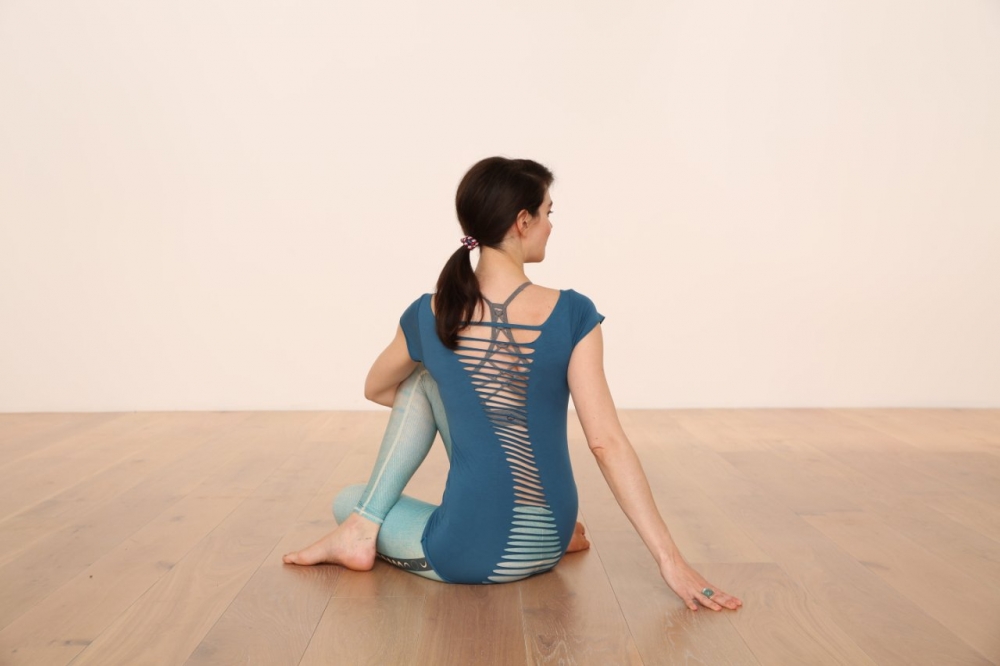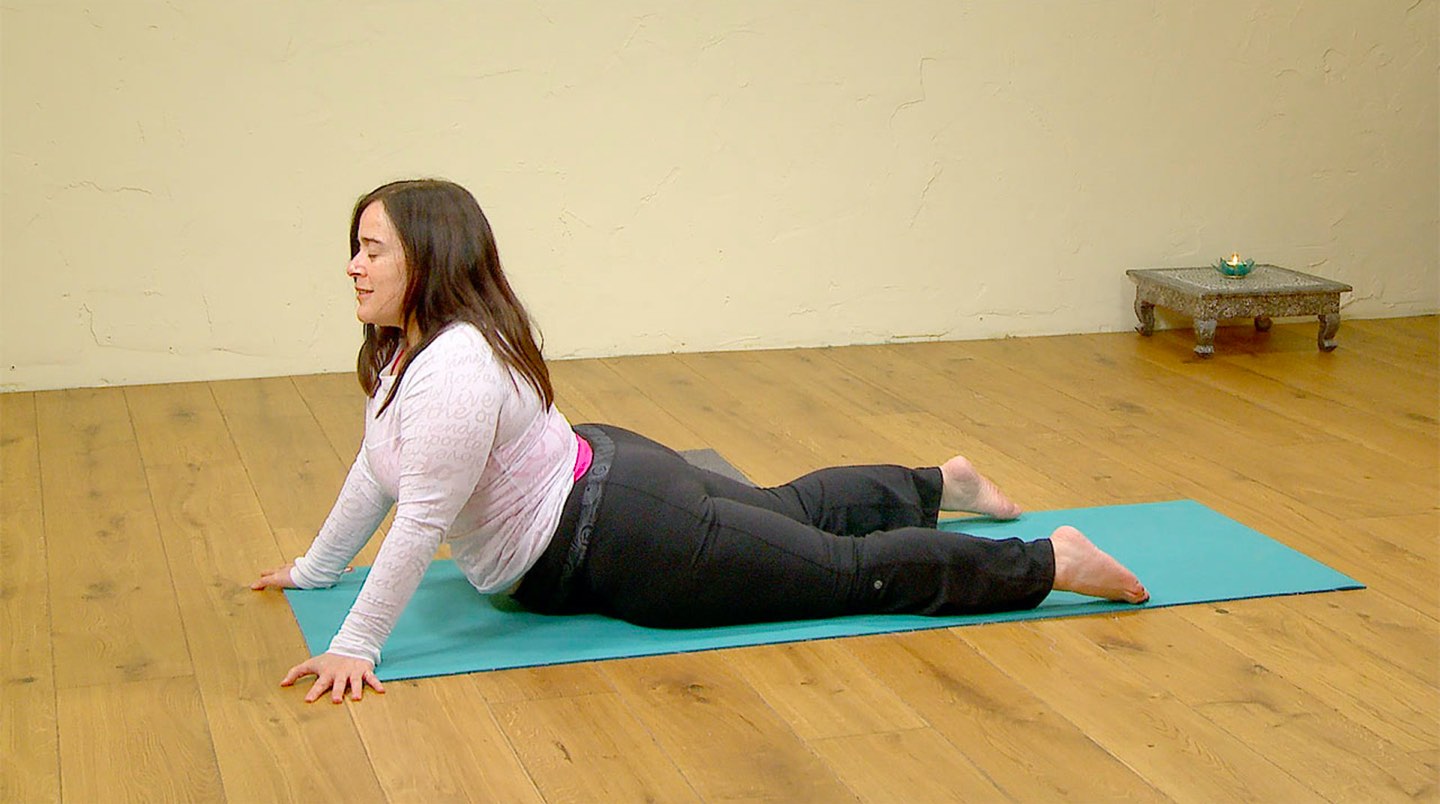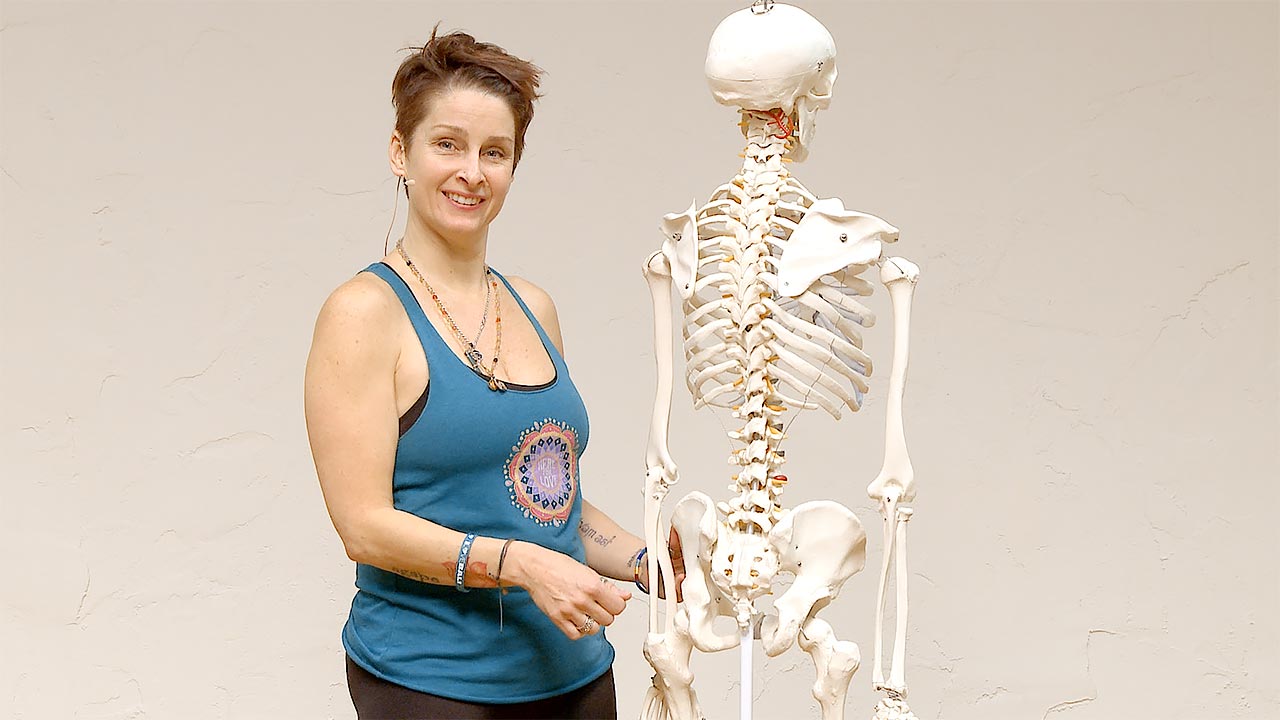Our sacroiliac (SI) joints play a huge role in the quality and health of our bodies, particularly in relation to our lower back, our gait and our support.
Together with the hip joints they distribute the weight from our spine and upper body into our lower body. They are also great shock absorbers for our spine.

They support our hips and pelvis when walking, running etc, keeping the area stable and supported with the help of very strong ligaments that encase this joint. Deep hip muscles like our psoas are just some of the essential supporting structures around these joints.
When there is any dysfunction within these structures we can experience pain, discomfort and inhibited movement in our lower back, hips and spine.
Anatomical structure of the SI joints
Our sacroiliac joints (we have two of them) are formed by the joining of our sacrum and our ilium bones. Our sacrum is part of our lower spine and our Ilium bones are the uppermost and largest bones of the pelvis.
The meeting place of our Ilium and sacrum
The sacrum is composed of 5 fused vertebrae and is triangular shaped. To get a sense of where this is, place the heel of your hands on your lower back, on the upper ridges of your hip bones, fingers pointing down. Draw your fingers towards each other and where they meet in the middle is the general area of your sacrum. Run your fingers outward towards the outer edge of the sacrum, this is where your sacrum and ilium connect via the sacroiliac joint.
Co-dependent relationship

The surfaces where these two bones meet are convex (ilium) and concave (sacrum) which allows slight movement in the joint. These surfaces are quite unique in all of us. When we’re born they are relatively smooth but as we begin to walk they change shape, creating bumps and depressions that eventually form the perfect fit for our body. The depressions on one surface fit perfectly into the bumps of the other.
A certain amount of movement is necessary in these joints in order for us to be supported when we walk, twist and move in general. These joints work together and if one moves the other moves accordingly, to maintain balance and integrity. This interplay between the two joints is essential but it also presents a vulnerability. If one joint is injured and loses its integrity, the other will automatically follow as it tries to support any misalignment.
Sacroiliac joint dysfunction
This area might be familiar to some of you out there as a source of lower back discomfort or pain, an area that we can often neglect. However, it’s very important for us to protect, care for and be generally aware of its structure and how it’s supported. Sacroiliac joint dysfunction generally refers to pain in the sacroiliac joint area caused by too much or too little movement in the area.
Common symptoms include lower back pain, buttocks pain, sciatic leg pain, groin pain, hip pain, urinary frequency, and ‘transient numbness, prickling, or tingling.
How do we lose integrity in the SI joints?
Aside from injuries that damage the actual joint capsule, cartilage or the bones (like in osteoarthritis) most injuries in the SI joints are caused by injury or weakness in the supporting ligaments or when our normal walking patterns are altered. They can be altered due to things like leg length discrepancy and fascial, skeletal or muscular restrictions in our knees, hips or feet.
We have ligaments wrapping around the front and back of these joints and they can often be stronger than the bones – the pelvis can often fracture before the ligament tears.
These ligaments are made up of connective tissue – our fascia. This tissue is a mix of collagen and elastin fibres and they have only a small blood supply. Thus, if ligaments are injured they can take a long time to recover. Due to their strong nature ligaments are not very elastic, if they do become stretched beyond their normal capacity they will not go back to their normal shape.
This means that if you ever receive an injury of this nature, your sacroiliac joints will always be vulnerable to injury and misalignment.
As I said, if our ligaments are weak, inflamed or damaged, the support in the joint weakens which leaves it open for misalignment. Once our sacroiliac joint is misaligned the bumps and depressions on the surface of the sacrum and ilium no longer slot into each other causing a gap between the two bones. This affects our structural integrity and our major pathways of support and movement. When there is a misalignment in these joints it directly affects the surrounding muscles which have to work harder to support not only the area but also the distribution of our upper body weight! The sciatic nerve runs through this area too and can be pinched or trapped by the structural changes that happen from the misalignment.
- If you feel that you might suffer from sciatic pain, try Andrew’s class, Yoga for sciatica and pelvic health.
Women are at greater risk of sacroiliac injury
Women’s hormones directly affect the integrity of the ligaments which support these joints. During menstruation, pregnancy and lactation the hormones produced soften our strong ligaments (necessary during childbirth) and this leaves the area vulnerable to injury.
Of course, we can also cause injury to the area from lack of movement, when the muscles, ligaments and fascia supporting the area become too rigid and unmoving. So it’s very important to stretch and work this area.
Anat has a wonderful Yin-Yang class that works on developing space and flexibility in this area.
Lower back and hip space – Anat Geiger / All levels / Vinyasa/Yin / 60mins
Avoiding injury in yoga
In a nutshell: Don’t push!
Structurally we are all different and some people’s ligaments are naturally stronger than others. If you have stronger ligaments, you might be able to push yourself more in an asana practice. If you push these boundaries you leave yourself open to injuring the ligaments.
Often people who are hyper-flexible can also suffer from hyper flexible ligaments. Hypermobility means you actually have to work harder in order to maintain stability, using more muscle strength to support the joints. You have to create your boundaries first and then make sure you don’t push beyond them, which is difficult.
- Read more about this here: Hypermobility and yoga
Poses involving the hips and pelvis
Any asana that involves this area will most likely involve the sacroiliac joints. It is essential to stay connected to this area when practising and be aware of any imbalances. For example, in seated forward fold any unevenness caused by things like one hamstring being tighter than the other, can cause an uneven tilting in the ilium bones. Any uneven tilting of the ilium bones can destabilize the joints (don’t forget they work together so movement on one side directly affects the other).
Sandra Carson has a great class called Psoas, sacrum and core where she focuses on this area. This class will help you increase your stability in the area and works some of the key muscles that are involved in supporting our sacroiliac joints.
What to do if you suspect that you suffer from sacroiliac dysfunction?
The best thing that you can do is seek out professional help and advice. If your pain is chronic and debilitating then you should go to your doctor immediately. If your symptoms are not so acute and then you could also consider seeing an osteopath or physiotherapist who will help you to adjust the area and suggest strengthening and stretching exercises. In terms of yoga, it can also be very beneficial to find a local yoga therapist to help you come up with specific routines just for you.



